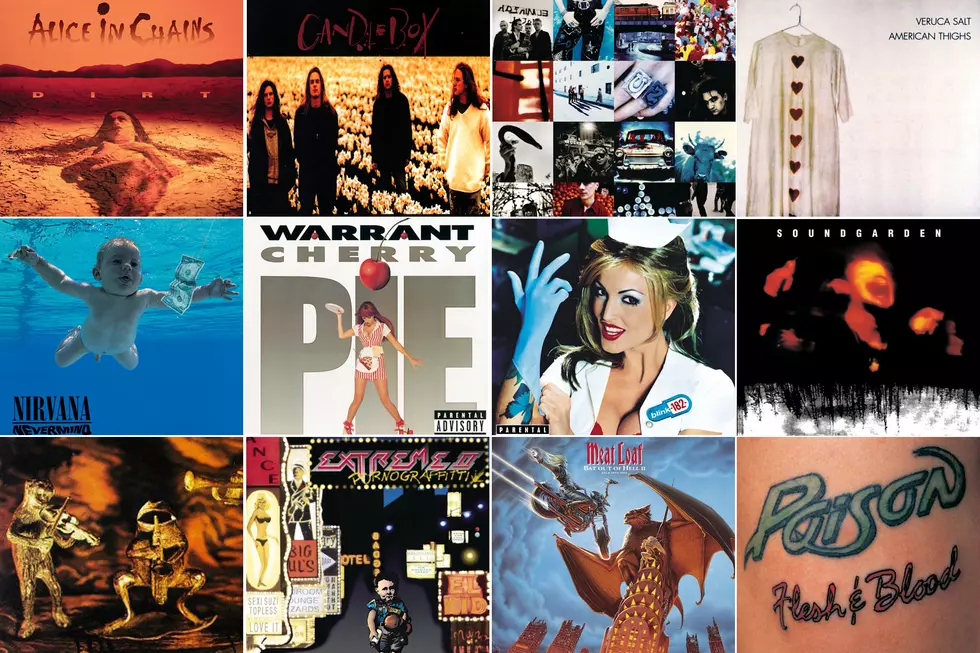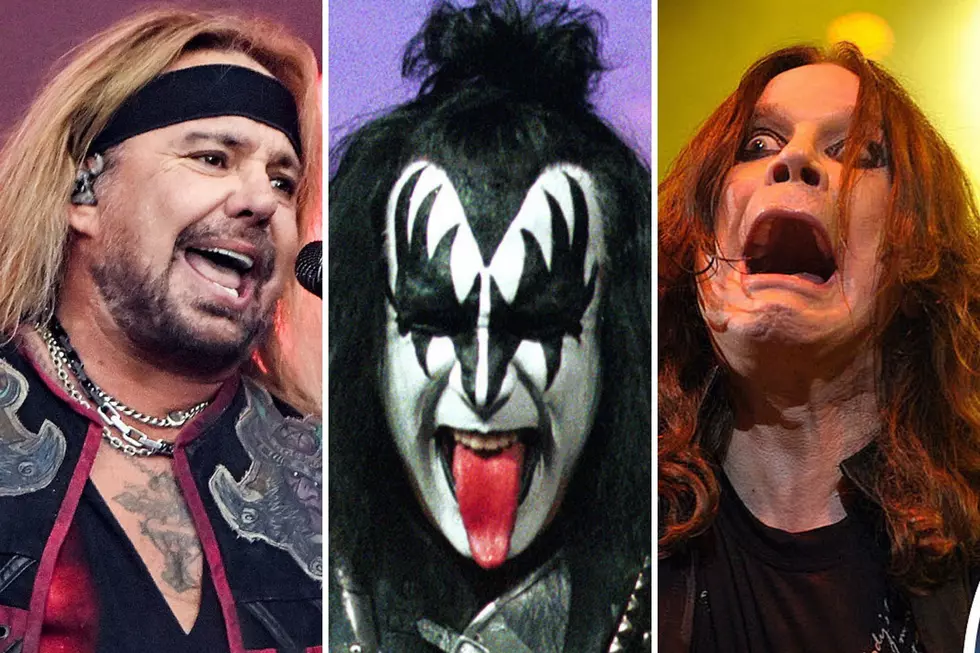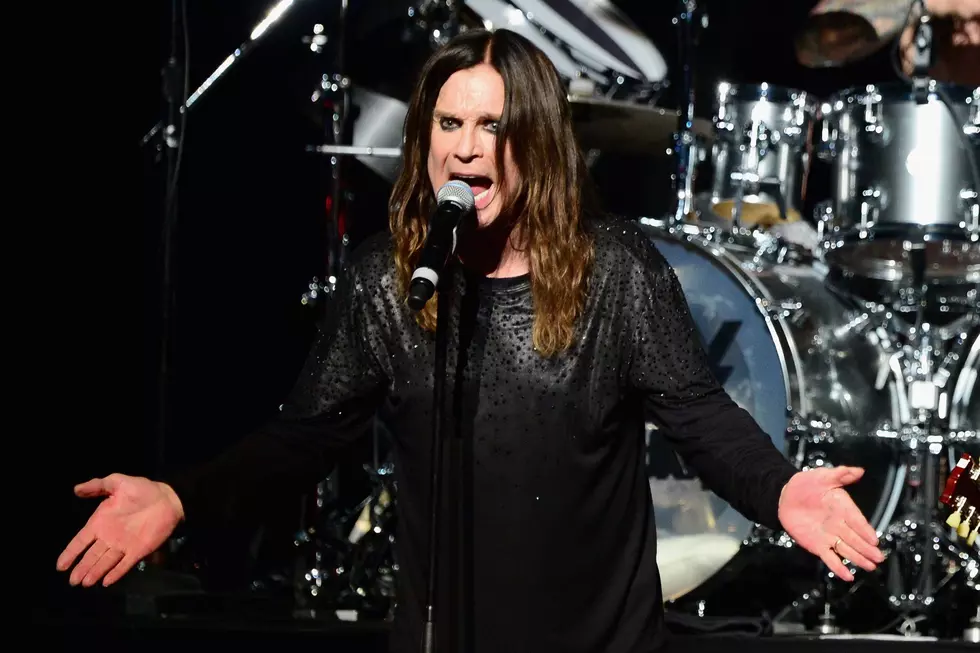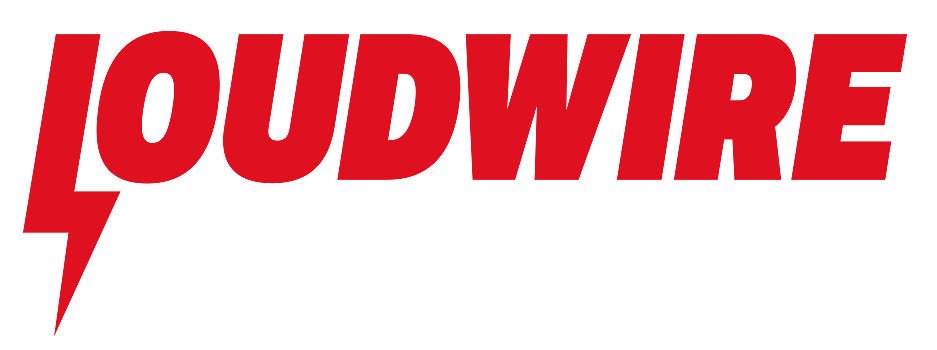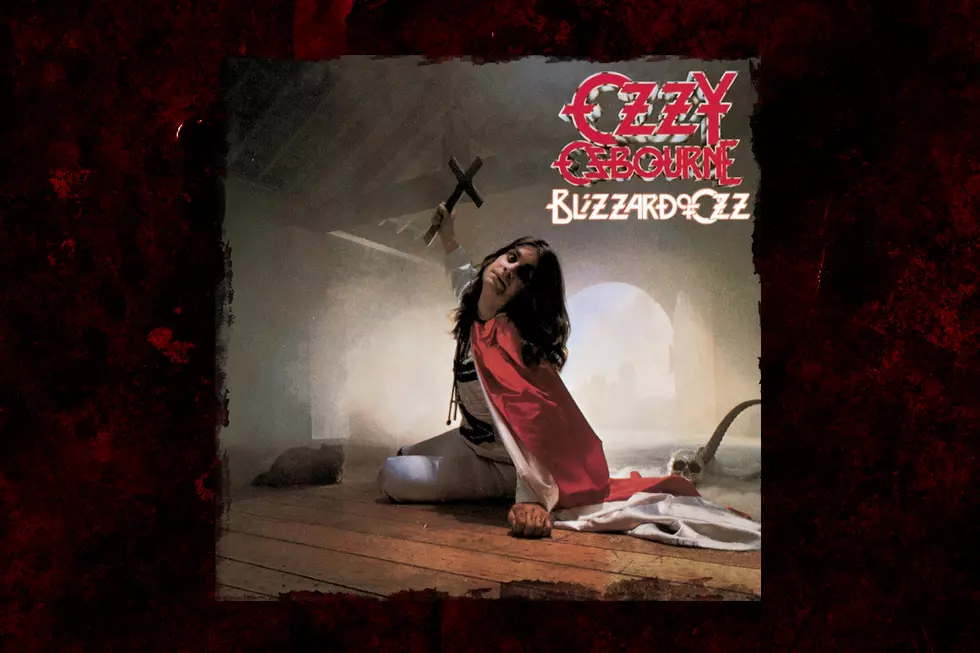
43 Years Ago: Ozzy Osbourne Comes Back to Life With ‘Blizzard of Ozz’
There are a number of reasons why Ozzy Osbourne’s solo debut, Blizzard of Ozz, which was released on Sept. 20, 1980, is one of the greatest albums in the history of metal. First, it was a stunning comeback from an artist who seemed completely stricken down and burned out.
In late 1978, after recording, eight albums with Black Sabbath, Osbourne was coming apart at the seams. Incapacitated by drugs and alcohol and dealing with debilitating writer’s block, he went AWOL and missed six weeks of rehearsal with the band. Ultimately, the other members of Sabbath – who had severe alcohol and drug problems of their own – decided they couldn’t move forward anymore with Osbourne.
“At that point, Ozzy didn’t want to do anything apart from go out and get drunk,” Sabbath guitarist Tony Iommi told me for the book Louder Than Hell: The Definitive Oral History of Metal. “So it came to the point where the other guys said, ‘Well, look, if we don’t do anything we’re gonna break up. We’re not gonna stand it. We’re gonna leave.’ So that was the decision between the three of us. We said, ‘We’re gonna have to replace Ozzy.’”
At that point, Osbourne was living in a run-down hotel he could barely afford since he had spent so much money on cocaine and booze. He had lost his wife, his band, his self-esteem and, he thought, his charisma. But Sharon Arden, the daughter of Black Sabbath’s manager, Don Arden, felt that Osbourne had been the star of the show when he was onstage with Sabbath and could still be a part of something exceptional. So she took him under her wing, first as a friend and then as a manager and restored his confidence as a performer. Then she worked with him to put together a new lineup of musicians. Initially, they wanted to recruit guitarist Gary Moore, but he wasn’t interested, so, at the suggestion of Ozzy’s friend Dana Strum, they tracked down a young, virtuosic guitar player named Randy Rhoads.
“We drove to a studio somewhere so I could hear him play,” Osbourne wrote in his memoir I Am Ozzy. “I remember him plugging his Gibson Les Paul into a little practice amp and saying to me, ‘Do you mind if I warm up?’ ‘Knock yourself out,’ I said. Then he started doing these finger exercises. I had to say to him, ‘Stop, Randy, just stop right there.’ ‘What’s wrong?” he said. ‘You’re hired.’ You should have heard him play, man.”
From that point until March 19, 1982, Rhoads was Ozzy’s not-so-secret weapon.
To complete the lineup, Ozzy wanted Strum to play bass, but that didn’t work out so he added ex-Uriah Heep bassist Bob Daisley and one of Ozzy’s friends, Barry Screnage, as their temporary drummer.
Ozzy Osbourne, "Crazy Train"
With new blood, strong musicianship and excellent chemistry, Rhoads, Daisley and Osbourne started writing at a live-in studio in Monmouth, Wales. In early 1980 the band demoed three of their strongest and most popular songs, “Crazy Train,” “I Don’t Know” and “Goodbye to Romance” with drummer Dixie Lee. Realizing they needed someone who could keep a more powerful and consistent beat, they auditioned and hired drummer Lee Kerslake, who had previously played with Daisley in Uriah Heep. It was slight compromise since Ozzy was gunning for Tommy Aldridge who was busy at the time. But Kerslake served the band’s needs, though he and Daisley would both later get ensnared in a legal battle for unpaid royalties.
The Blizzard of Ozz band, as it was called at the time, flew to Ridge Farm Studio in Rusper, England to start recording the album with producer Chris Tsangarides. Max Norman was his engineer. The first song they tracked was “Goodbye to Romance,” a tune that would establish Osbourne’s reputation for balancing high-energy anthems with heart-on-sleeve ballads. They repeated the formula on the haunting “Revelation (Mother Earth).”
Ozzy Osbourne, "Mr. Crowley"
Other standouts on the album were the storming “Steal Away the Night,” the occult-themed “Mr. Crowley” the classical guitar instrumental “Dee” and the controversial “Suicide Solution.” Some thought the song advocated suicide, but it was actually a warning about the dangers of drowning in alcohol.
Nonetheless, in 1984 after teenage fan, John McCollum, shot himself in the head, possibly after listening to the song, the boy’s parents sued the Prince of Darkness and CBS Records for encouraging vulnerable individuals to commit suicide. The case was dismissed by a court, which determined that Osbourne's freedom of expression was protected under the First Amendment of the U.S. Constitution.
Ironically, Ozzy and his bandmates were initially disappointed with the sound of Blizzard of Ozz. They blamed Tsangarides, who they fired, and promoted Norman to the producer’s chair. Though he’s not credited on the release, Norman strengthened the sound of the record and worked as Ozzy’s producer until 1986’s The Ultimate Sin.
When the Blizzard of Ozz band finished the album, CBS Records created artwork that featured Ozzy’s name in large print and Blizzard of Ozz in much smaller font. Immediately – mistake or not – the album was considered Osbourne’s first solo album. In all likelihood, when the label realized how strong the record was, they figured it would be easier to market as the solo album from Black Sabbath’s former singer than as a totally new band.
“By the time we got Blizzard in the can, I knew we had a cracking album,” Ozzy wrote. “We had a couple cracking albums, actually, because we had a lot of material left over when we were done.”
Some of that material was used on the follow-up to Blizzard of Ozz, Diary of a Madman, which was written quickly and recorded between February and March 1981. By then, Osbourne was still partying heavily, but he was back at full strength, able to record and perform exceptionally using muscle memory. All it took was a major injection of success.
“Even if you think something’s brilliant, you never know what the general public’s going to pick up on,” wrote Osbourne in I Am Ozzy. “But as soon as the radio stations got hold of ‘Crazy Train,’ it was a done deal. The thing just exploded.”
Blizzard of Ozz entered the Billboard album chart at No. 21 and it was No. 7 in the U.K. The album was certified gold July 31, 1981, and platinum June 18, 1982. To date, it has sold over four million copies in the U.S.
In 2002 Osbourne reissued Blizzard of Ozz and Diary of a Madman, but since he had been sued by Daisley and Kerslake, their parts were re-recorded for the release by bassist Robert Trujillo and Faith No More drummer Mike Bordin, who was playing in Osbourne’s band at the time. Some fans were outraged by the move, which Sharon said was Ozzy’s decision, while the Prince of Darkness claimed he didn’t even know the albums were revised until after their release. A later reissue of the Blizzard of Ozz, which came out in 2011 to celebrate the 30th anniversary of the record, featured Daisley and Kerslake’s original bass and drum parts. The reissue also included the B-side, “You Looking at Me, Looking at You,” a previously unreleased version of “Goodbye to Romance” and “RR,” a Rhoads solo outtake from the original album session.
To date, Blizzard of Ozz isn’t just one of the most successful metal albums of all time, it’s also one of the most influential. “The first album I got knowing full well that it was heavy metal was Blizzard of Ozz,” says Testament lead guitarist Alex Skolnick. “I wasn’t familiar with Sabbath yet. But that was a great discovery for me. And hearing Randy Rhoads playing was completely mind-blowing and pretty much reinvented the way I thought of the electric guitar and what you could do with it, which was pretty amazing.”
Loudwire contributor Jon Wiederhorn is the co-author of Louder Than Hell: The Definitive Oral History of Metal, as well as the co-author of Scott Ian’s autobiography, I’m the Man: The Story of That Guy From Anthrax, and Al Jourgensen’s autobiography, Ministry: The Lost Gospels According to Al Jourgensen and the Agnostic Front book My Riot! Grit, Guts and Glory.
See Where Blizzard of Ozz Placed in the Top 50 Hard Rock + Metal Debut Albums of All-Time
More From Loudwire



